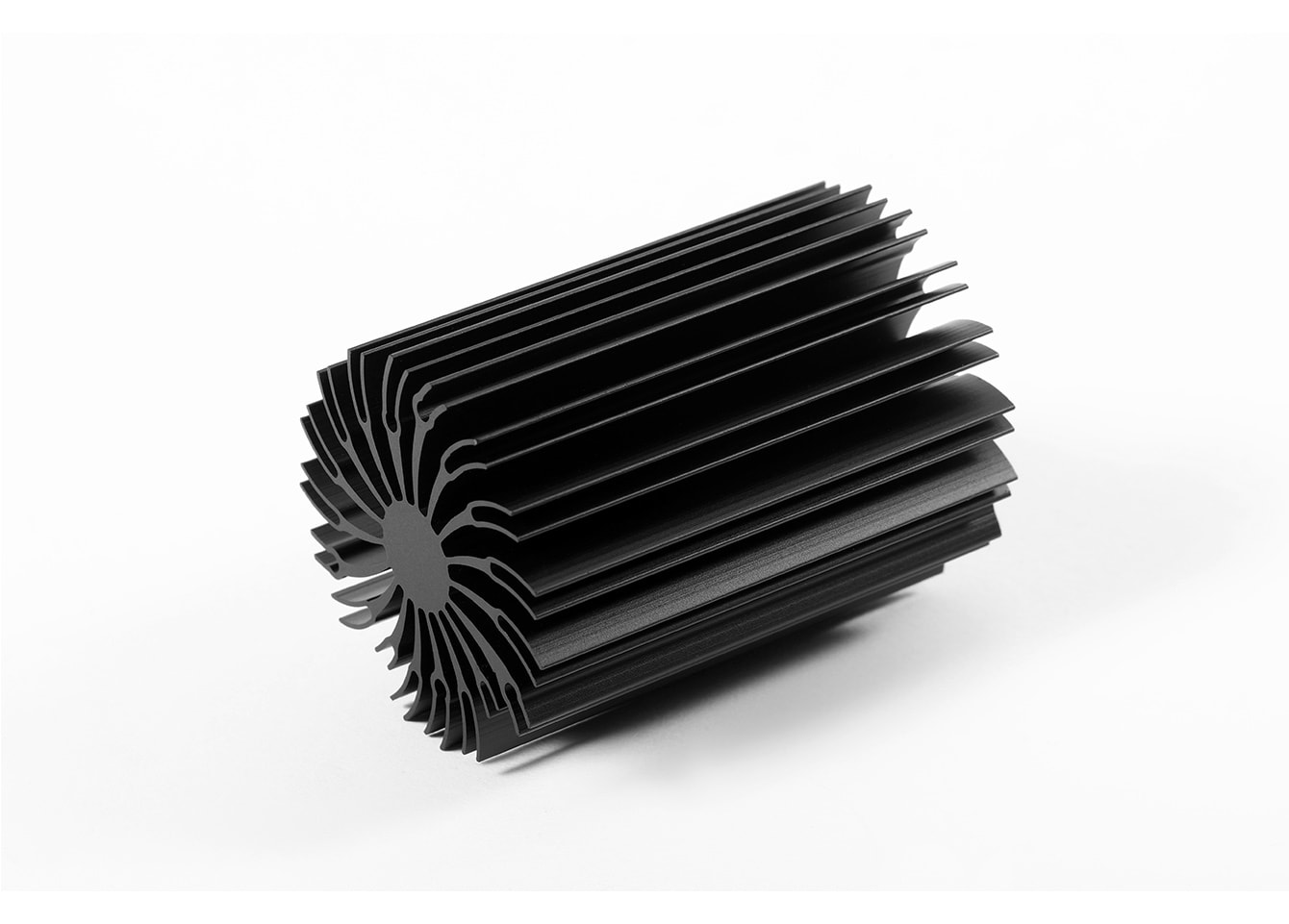LED car lights have revolutionized automotive lighting, offering brighter illumination, longer lifespan, and greater energy efficiency compared to traditional halogen and incandescent bulbs. However, despite their many advantages, LED lights generate heat during operation, which can significantly impact their performance and longevity. To mitigate these effects, heat sinks are essential components in LED car lights. This article explores why LED car lights need heat sinks and how they contribute to the optimal functioning of these advanced lighting systems.

LEDs (Light Emitting Diodes) are semiconductor devices that emit light when an electrical current passes through them. While LEDs are more energy-efficient than other lighting technologies, they still produce heat as a byproduct. The heat is generated within the LED chip and must be managed effectively to prevent damage and ensure consistent performance.
Unlike traditional bulbs, where most of the energy is dissipated as heat, LEDs convert most of their energy into light. However, the small amount of heat generated can accumulate in the LED chip if not properly managed. This accumulated heat can lead to several issues:
Reduced Light Output : Excessive heat can cause the LED’s light output to decrease, resulting in dimmer illumination.
Color Shifting : Heat can affect the color accuracy of LEDs, causing the light to shift from its intended color temperature.
Shortened Lifespan : Prolonged exposure to high temperatures can degrade the LED chip, leading to premature failure.
Thermal Runaway : In extreme cases, uncontrolled heat can lead to thermal runaway, where the LED's temperature continues to rise uncontrollably, causing permanent damage.
A heat sink is a device that absorbs and dissipates heat away from the LED chip, allowing it to operate within its optimal temperature range. By effectively managing the heat generated by the LEDs, heat sinks ensure that the car lights perform at their best and maintain their longevity. Here’s how heat sinks contribute to LED car light performance:

Different types of heat sinks are used in LED car lights, each offering unique advantages:
Extruded Aluminum Heat Sinks : These are the most common type of heat sink used in LED car lights. They are made by extruding aluminum into various shapes, providing an excellent balance between thermal performance and cost-effectiveness.
Copper Heat Sinks : Copper has a higher thermal conductivity than aluminum, making copper heat sinks more efficient at transferring heat. However, they are heavier and more expensive, so they are typically used in high-performance applications.
Active CooIling Heat Sinks : n some high-power LED car lights, active cooling solutions such as fans or thermoelectric coolers are integrated with the heat sink to enhance heat dissipation further. These systems are used when passive cooling alone is insufficient to manage the heat generated by the LEDs.
Heat sinks are vital components in LED car lights, ensuring that these advanced lighting systems operate efficiently and reliably. By effectively managing the heat generated by the LEDs, heat sinks help maintain brightness, color accuracy, and extend the lifespan of the lights. As automotive lighting technology continues to evolve, the role of heat sinks will remain crucial in delivering high-performance and durable LED car lights that meet the demands of modern vehicles.
By continuing to use the site you agree to our privacy policy Terms and Conditions.